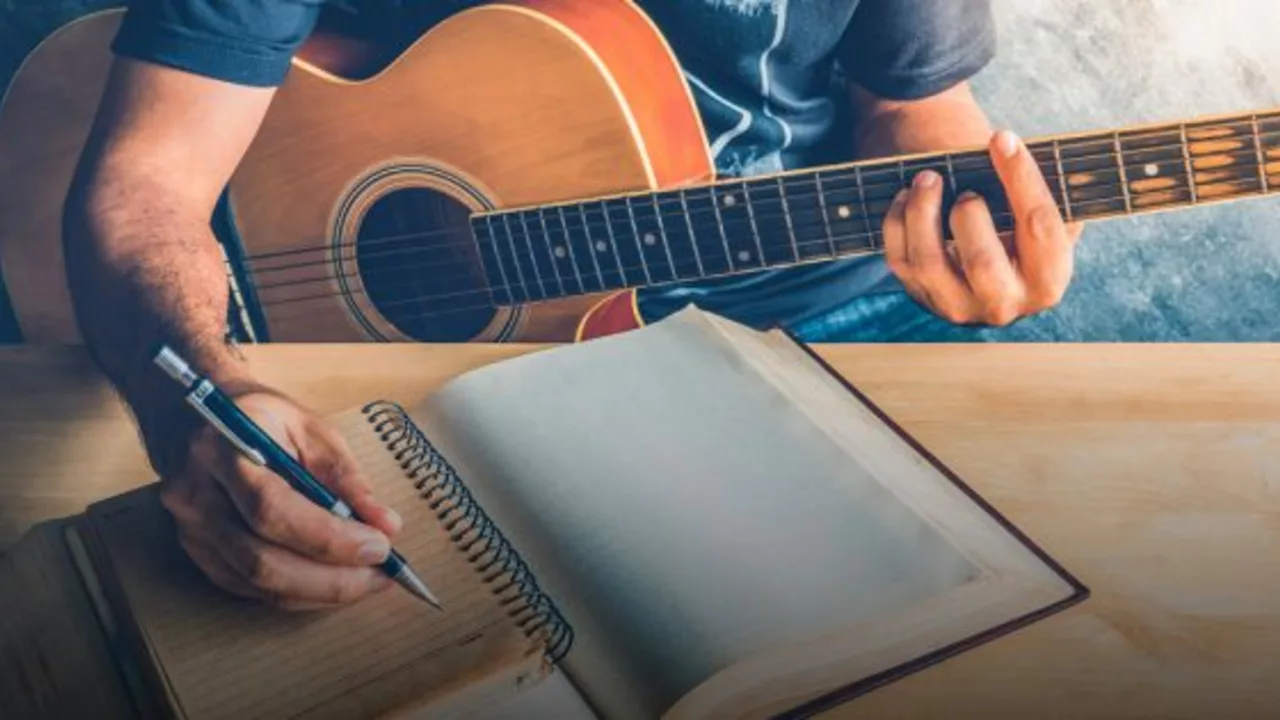Creative Writing Tips for Swimmers – Boost Your Storytelling Skills
If you love the rush of open‑water swimming, you already have great material for a story. The sound of waves, the feeling of cold water on your skin, the moment you break the surface – all of these are perfect hooks. Below are easy‑to‑use ideas that turn a swim session into a compelling piece of writing.
Start With a Strong Sensory Hook
Readers need to feel what you felt. Instead of saying “I was cold,” describe the bite of the water: “The water hit my lungs like a fresh, salty splash, and my fingertips tingled as if they were tiny ice cubes.” Use the five senses – smell the seaweed, hear the distant gulls, taste the brine. A vivid opening draws the reader in and sets the scene fast.
Use a Simple Structure: Who, What, When, Where, Why
Every good story answers the basics. Who is swimming? A seasoned veteran, a nervous beginner, a kid chasing a school of fish? What’s happening – a race, a training session, a rescue? When does it take place – dawn, a thunderstorm, a calm night? Where – a lagoon, a lake, the English Channel? Why – personal challenge, a fundraiser, pure love of water? Answering these questions helps you stay focused and prevents rambling.
Try the “1‑2‑3” method: start with a short, punchy sentence that shows the action, follow with a detail that adds emotion, end with a line that hints at conflict or goal. Example: “I dove off the pier, heart thumping. The cold rushed up my spine, reminding me of every forgotten training session. Tonight, I had to outrun the tide or lose the chance to race tomorrow.”
Keep paragraphs short – two to three sentences each – so the rhythm matches the strokes you’re describing. Short bursts of text feel like quick laps, making the reading experience lively.
Another tip: write as you speak. Imagine you’re telling a friend about the swim over a coffee. This keeps the tone natural and conversational, which readers appreciate.
Finally, edit with the swimmer’s mindset. Remove anything that doesn’t add to the feeling of movement, danger, or triumph. Every word should push the story forward like a strong kick.
Give these tricks a try on your next training day. Grab a notebook, jot down the sounds, smells, and emotions right after you get out of the water. You’ll be surprised how many story seeds appear the moment you’re dry.
Happy writing, and may your words flow as smoothly as your strokes!

How do you write song lyrics?
Hey there, music lovers! Ever found yourself humming a tune and thought, "Hey, I could write a song!"? Well, let's get you started! It's a thrilling ride, really. First, you've got to find your muse - that spark of inspiration that sets your soul on fire. Then, lyric-writing is all about painting a picture with words, putting your emotions on paper. Keep it real, keep it you! And remember, it's like making a sandwich, you can't go wrong with too much cheese! So, grab your pen, or guitar, or spoons (hey, we don't judge) and let's create some magic!